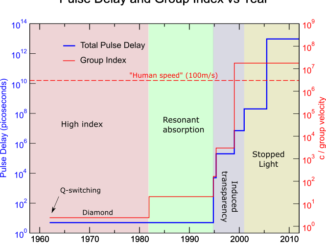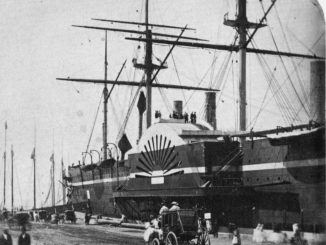
Articles by Katja Grace

Continuity of progress

Continuity of progress

Continuity of progress

Continuity of progress

Continuity of progress

AI Timelines

Continuity of progress

Continuity of progress

Continuity of progress

AI Timeline Surveys